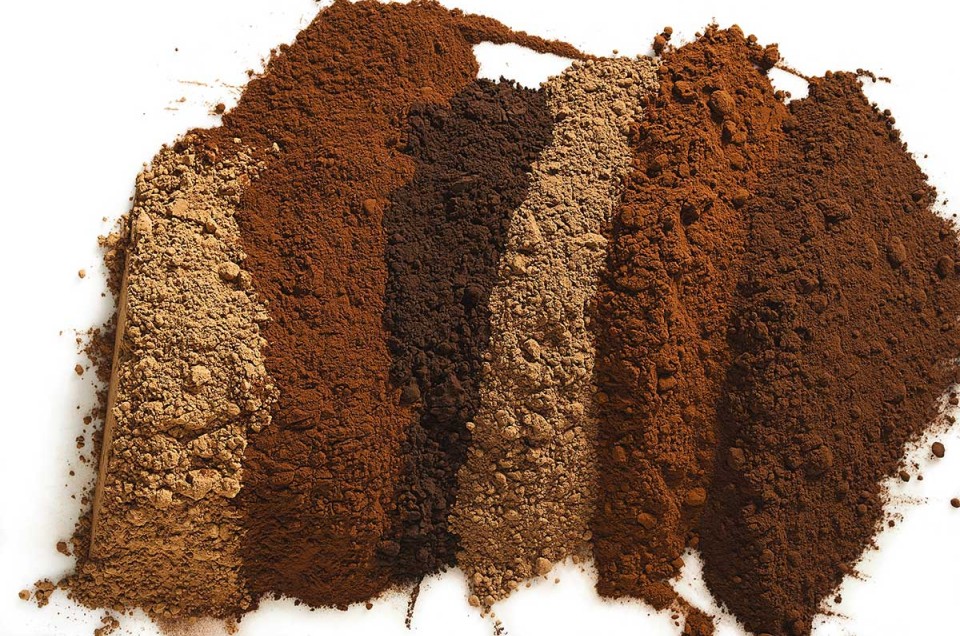


Remember the can of Hershey's cocoa powder your mom pulled down from the cupboard shelf when she was making brownies, or a chocolate cake?
It's true, many moms probably reached for a Betty Crocker or Duncan Hines mix. But if for no other purpose than a mug of hot chocolate on a cold morning, I'd wager that deep-brown can of Hershey's owned a permanent spot in the dark recesses of the pantry – becoming more and more chocolate-fingerprinted as successive batches of brownies and cakes and cookies came out of the oven!
These days, Hershey's isn't the only can on the supermarket shelf. In fact, Hershey's comes in two varieties: classic natural; and Special Dark, a blend of natural and Dutch-process cocoas.
Still, there's more to cocoa than simply its two basic varieties, natural and Dutch-process.
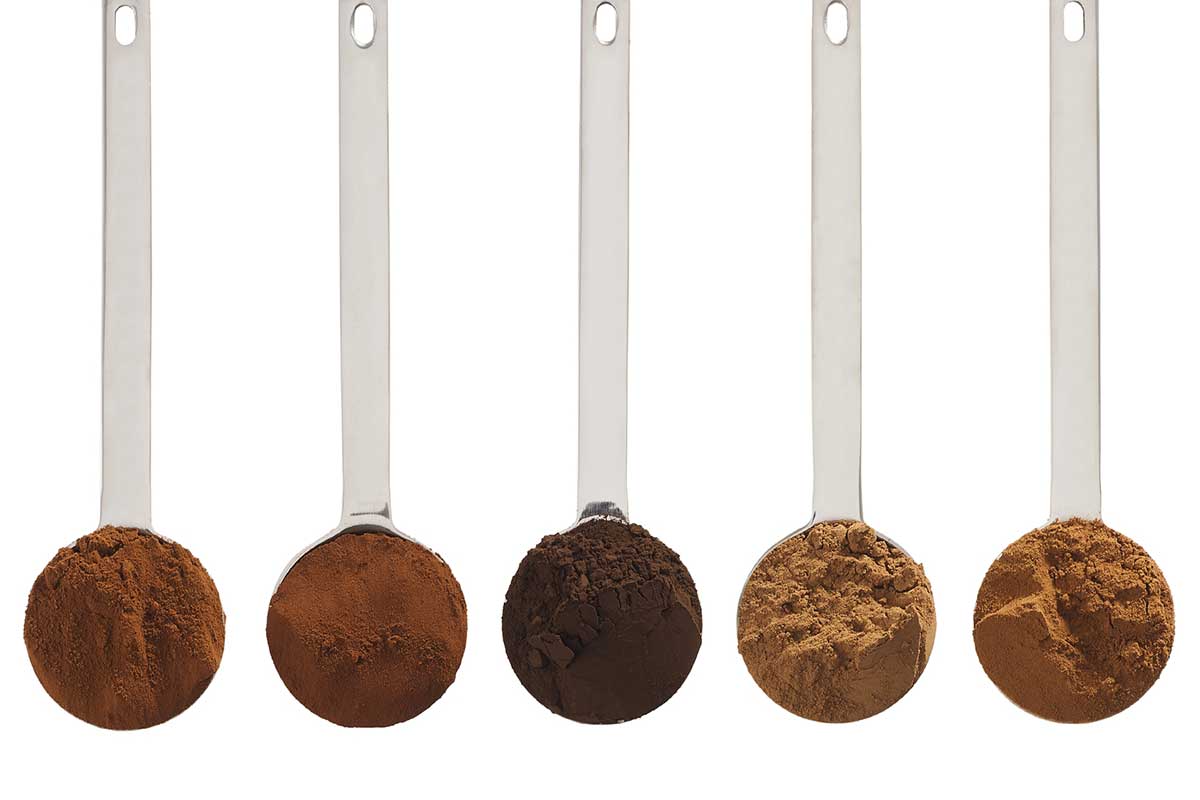
Much more. In fact, King Arthur Flour sells five types of Dutch-process cocoa.
And, factoring in your own personal taste, you're about to discover exactly how to determine which type of cocoa to use for any of your recipes that use cocoa.
Let's talk about taste first.
Many of us here at King Arthur Flour have been through a sensory training course designed to help us get beyond simple opinion: "This tastes good," and "That tastes bad."
WHY does it taste good? HOW does it taste bad? Answering these questions allows us not only to fine-tune recipes, mixes, and blends; it sharpens our taste buds, which makes choosing the ingredients we sell to you, our fellow bakers, a lot more effective.
We sell five types of Dutch-process cocoa, in our catalogue and on our Web site. All have been taste-tested by our "panel of experts," and selected on the basis of both the flavor they carry, and the "look" they lend baked goods.
I'll list those cocoas here (plus natural cocoa); keep the A-B-C designations in mind, as the baked goods in the experiments that follow will be labeled with letters, rather than the name of the cocoas.
A. Black Cocoa, a cocoa that's been more heavily Dutched than usual, giving it very dark color and intense flavor;
B. Double-Dark Cocoa Blend, a combination of Dutch-process cocoa and black cocoa;
C. Triple Cocoa Blend, a blend of Dutch-process cocoa, black cocoa, and natural cocoa;
D. Bensdorp Dutch-Process Cocoa, a high-fat Dutch-process cocoa;
E. Burgundy Cocoa, a Dutch-process cocoa that lends baked goods appealing reddish color;
F. Natural cocoa (Ghirardelli natural cocoa is included here for purposes of comparison)
These cocoas look quite different, don't they? But as you'll soon see, the color of the raw cocoa doesn't always translate to the color of the brownie. Or cake. Or hot fudge sauce.
First, let's briefly explore the difference between natural and Dutch-process cocoa.
Natural cocoa is solid unsweetened chocolate (baker's chocolate) that's had most of its fat removed before being ground into powder.
Dutch-process cocoa is natural cocoa that's been treated with an alkalizing agent to lower its acidity, thus allowing more of its pure chocolate flavor to shine through.
The difference in acidity between natural and Dutch-process cocoas means that they can't be seamlessly interchanged, one for the other, in every recipe.
While natural cocoa will give your baked goods a different flavor and color than Dutch-process, the main difference is one of leavening.
If you're preparing a recipe that uses baking soda as its leavener; and if there's nothing else acidic* in the recipe, then natural cocoa is your cocoa of choice. Its acidity neutralizes baking soda's potentially strong, "soapy" flavor; and because natural cocoa is acidic, and baking soda is a "base" (remember your chemistry?), when the two get together they produce a reaction: CO2 bubbles, which make your cake, brownies, cookies, or whatever you're baking rise in the oven.
*And by acidic, don't think simply buttermilk, coffee, vinegar, yogurt, sour cream, etc. Molasses, brown sugar, applesauce, pumpkin – in fact, most puréed fruits – and other potentially surprising ingredients are actually quite high in acid. So be thoughtful when studying your recipe's ingredients.
Alternatively, if the recipe you're making includes baking powder (or baking powder and baking soda both, with baking powder predominating), choose either natural or Dutch-process cocoa. Since baking powder is already balanced (acid/base), the cocoa is there less for its part in the leavening process, more for its flavor.
We're getting a bit deep here, I know; hang in there. I just wanted to set the stage for the following baking experiments.
No brag, just fact: our Fudge Brownies recipe is, quite simply, THE BEST. Unlike some brownie recipes that use unsweetened solid chocolate, this one relies 100% on cocoa for its chocolate flavor.
The leavening in the recipe is baking powder, not baking soda, which means you should be able to use either natural or Dutch-process cocoa. Let's see what these brownies look like, baked with six different cocoas.
Rather than make six batches of brownies, I made one basic batter, divided it into six bowls, and stirred a different cocoa into each. The batter was then poured into the wells of a bun pan, to make six individual round brownies.
There's a difference in color, for sure – both outside, and in. For reference, in the right photo above, cocoas A-B-C are stacked top to bottom on the left; D-E-F top to bottom on the right.
And the flavor? The black cocoa brownies, upper left in both photos, were the most assertively chocolate. The Double-Dutch brownies, while certainly less assertive than those made with black cocoa, did have that hint of bittersweet chocolate. The ones made with natural cocoa tasted a tiny bit acidic. And the other three brownies exhibited a slight difference in color, but (to me) no noticeable difference in flavor.
Down the years one of our most beloved cake recipes. It's made with baking soda, but also includes a tablespoon of vinegar.
So, class, which cocoa should you use – natural, or Dutch-process?
Yes, you in the front row, waving your hand – either, you say?
You're absolutely right. Since the recipe is leavened with baking soda AND includes an acidic ingredient, either Dutch-process or natural cocoa are appropriate here.
Again, there's a noticeable difference in color. The photo on the right shows natural, black, and Triple Cocoa Blend side by side, so you can see both ends of the spectrum, plus the middle ground.
And again, the flavor of the black cocoa cake was most assertively dark chocolate; the natural, a tiny bit acidic.
If you're a fan of older recipes – think those well-loved cards in your recipe box, passed down from Grandma; or recipes from older cookbooks – then you might encounter a recipe like the following, from the 1961 Amy Vanderbilt's Complete Cookbook.
Side note: The book includes illustrations by Andrew Warhol (yes, THAT Andy Warhol), simple pen and ink drawings of rolling pie crust and beating eggs – clearly done before he gained traction in the art world (although perhaps Amy taught him to appreciate the beauty in a can of tomato soup).
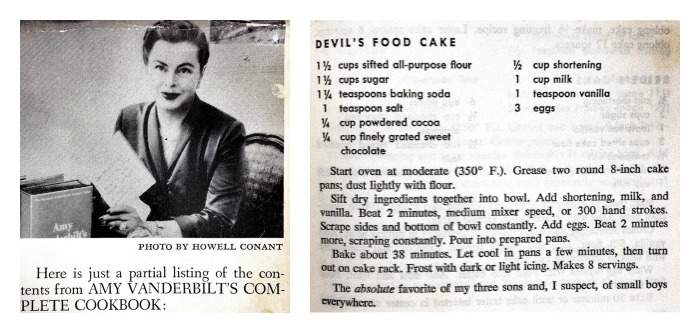
Notice this recipe is leavened with baking soda; doesn't include any acidic ingredients; and calls for "powdered cocoa," without specifying what kind.
You'll find many older recipes like this; they're best made with natural cocoa.
Why?

While it's a bit hard to see in this picture, "F" (natural cocoa) yielded the highest-rising cake among all the cocoas tested, thanks to the reaction between baking soda and the cocoa's acidity.
Natural cocoa also gave the cake a reddish color – which is exactly why chocolate cakes were often called devil's food cakes (red devil, get it?), back when natural was the only cocoa available to most bakers.
Black cocoa cake on top, natural cocoa cake below – a striking difference in color, eh? (Ignore the rise; these were made in different-size pans.)
And flavor? As always, the black cocoa cake was assertively DARK CHOCOLATE. But this time around, the cake made with natural cocoa had the best flavor: "chocolate-y" flavor, with a richness and depth I hadn't tasted with natural cocoa before.
Meanwhile, the Dutched cocoa cakes tasted just a tiny bit flat or "off," probably due to their failure to neutralize the baking soda's flavor.
So, here's where we are so far: in recipes calling for baking powder (or predominantly baking powder, with a lesser amount of soda), use either type of cocoa.
In recipes calling for baking soda (or predominantly baking soda, with a lesser amount of baking powder), and without any acidic ingredient (e.g., yogurt, vinegar), use natural cocoa.
What about recipes that don't have any leavening at all?
Take Hot Fudge Sauce, a delicious, thick, rich combination of cream, sugar, cocoa, butter, and vanilla.
What kind of cocoa should you use in fudge sauce? Or chocolate icing? Or hot cocoa in a mug?
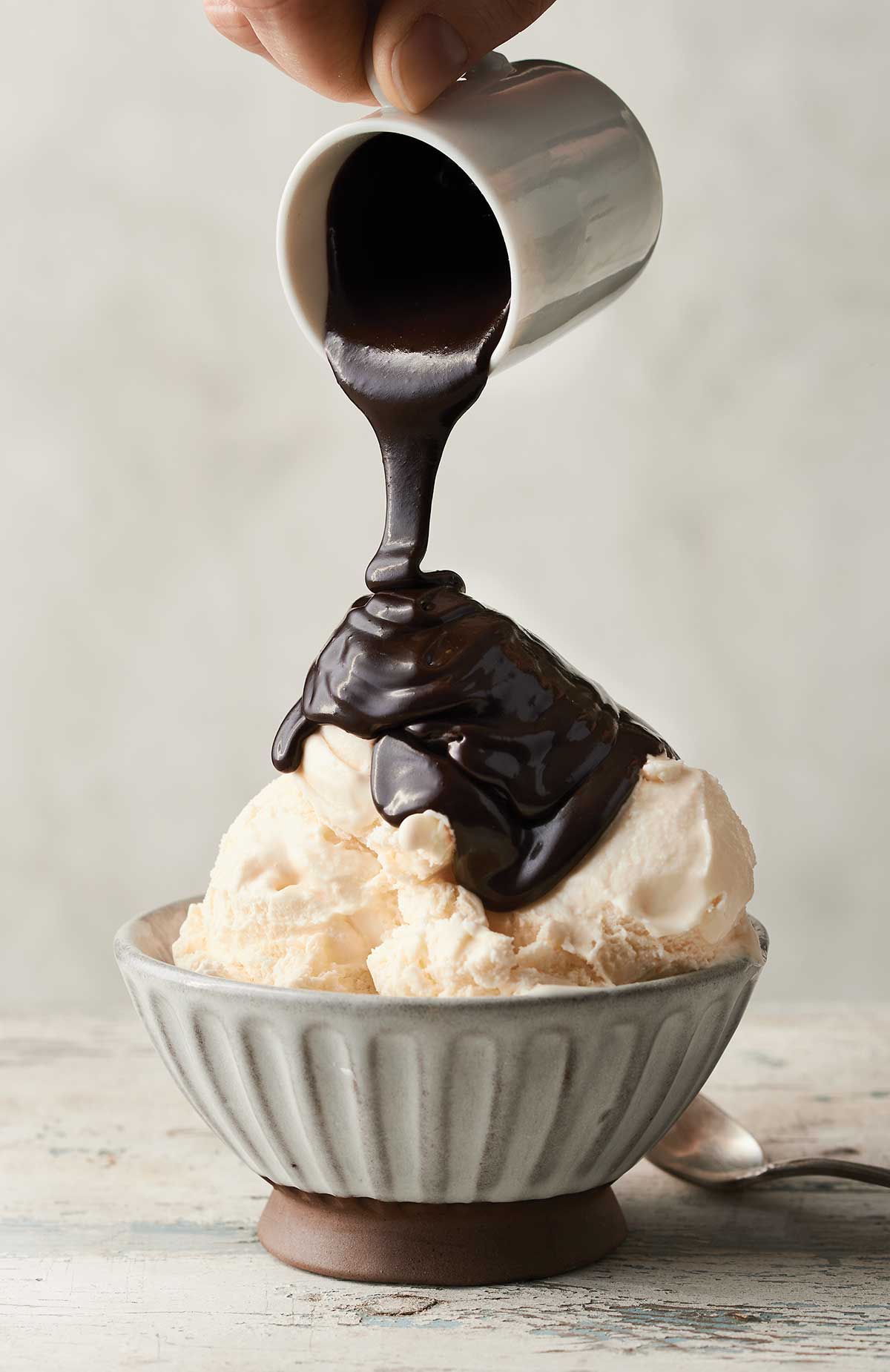
Whatever floats your boat. Without any leavening, and usually without many competing ingredients, you're going to taste the cocoa above all else.
And here's where our five Dutch-process cocoas come in: which of them is "best"?
Depends on your taste – and your eyes. (Since many of us "eat with our eyes," color can be important.)
I've used all five of these cocoas, tasted and seen the results, and here's my personal opinion – as well as those of some of my fellow bakers:
Black cocoa: I seldom use this alone, except in our Faux-Reo cookie recipe, where I want that signature black Oreo color. Instead, I mix it with other cocoas, for both dark color, and a bit of bitter chocolate flavor.
No specific formula here; simply substitute black cocoa 1:1 for part of the Dutch-process cocoa in your recipe, tweaking the balance of the two until you get the effect you want. Another thing you can try is adding (not substituting) a tablespoon of black cocoa to a recipe using natural cocoa, for darker results.
Double Dutch Cocoa Blend: This is my long-time favorite. I feel it's the perfect balance between regular Dutch-process and black cocoa. Baked goods made with this are darkly chocolate without any unwelcome bitterness; and aside from black cocoa, Double Dutch yields the darkest color.
Adds Charlotte, our Test Kitchen Manager, "The Double-Dutch makes the most decadently chocolate-y looking brownies." Amy, our gluten-free maven, adds, "I agree with Charlotte, as far as brownies go."
Triple Cocoa Blend: Perfect if you only want one cocoa in your pantry. Since it includes both natural and Dutch-process cocoas, you don't have to worry about sifting through the recipe to see what kind of leavener it uses; and, if baking soda, whether there's something acidic in the other ingredients. Triple Blend offers ease of use; good, balanced flavor, and good color – nicely dark, with a hint of red.
Susan Reid, former food editor of Sift says, "I like our Triple Cocoa Blend for a number of reasons: the blend is nicely balanced (natural/acidic with Dutch-processed/alkaline); you can swap it into almost any recipe without making any adjustments, and the color is nice and rich in the finished baked good. For people who just want to throw up their hands at too much choice (or not enough pantry space), it’s a great place to land."
Bensdorp Dutch-Process Cocoa: This cocoa, imported from Holland, offers classic European flavor – a bit stronger than American cocoa. Baked goods made with Bensdorp are subtly red-hued. It really shines in unleavened applications, though, like icing, hot chocolate, and sauce. It's our highest-fat cocoa, and has a certain richness that comes through in simpler recipes, where it can really strut its stuff.
Burgundy Cocoa: This is a favorite of many of our customers, at whose behest we've recently brought it back. Like Bensdorp, Burgundy has rich mouth-feel; and its vibrant, red-hued color and fudge-like flavor are undeniably compelling.
And what about natural cocoa? Is it a thing of the past?
Not quite. Susan swears by natural cocoa in both icing, and hot chocolate. Here's why:
"When I was developing our Super-Simple Chocolate Frosting recipe I was on a quest for a deeply chocolate-flavored frosting that approached the piping and spreading consistency of buttercream without the gyrations of using a cooked sugar syrup. Most of us reach for Dutch-process when deep chocolate is the target (not least of which because looks matter, and darker comes across as more chocolate-y). I was no different, but when I made the frosting with Dutch-process it was more gray than dark brown, and it just plain didn’t taste as good. My thinking is the higher acidity of the natural cocoa works as a balance to the sugar in the frosting, and the fruitier notes of the cocoa really sing out in the mixture.
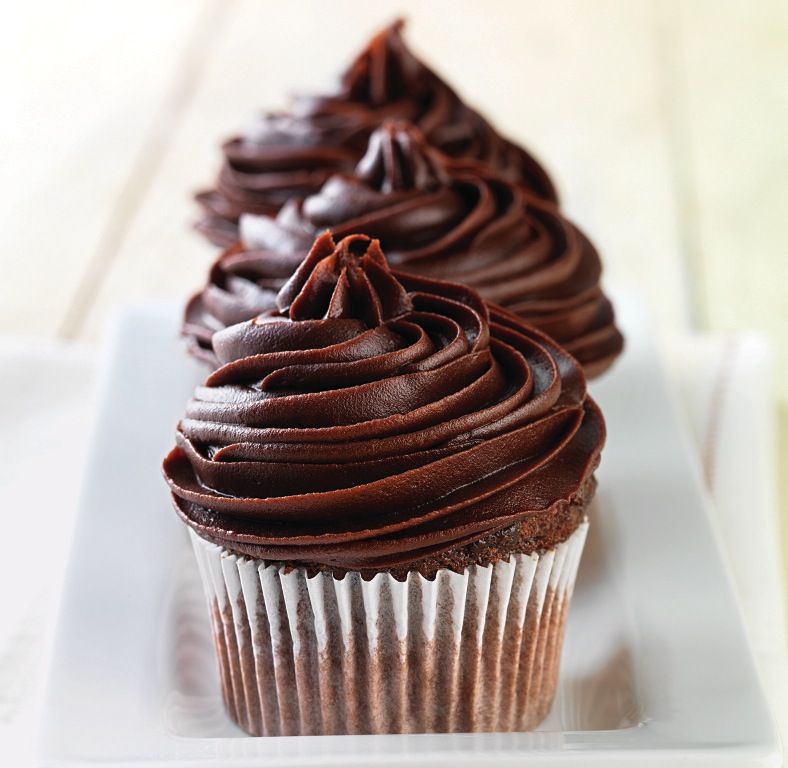
"Now that Super-Simple frosting is a go-to for a huge number of bakers, inside and outside KAF."
She adds, "I grew up on Hershey’s natural in the square can. My first cocoa revelation was at a friend’s house in high school. Their family made hot cocoa from scratch, using said Hershey’s, but they used way less sugar than anyone I’d ever met. The first sips were pretty much tart, with just enough richness from a bit of butter and vanilla that you for sure went back for a second sip. I make my hot chocolate from scratch their way still. Although if I’m in the mood I’m not above adding a shot of Bailey’s or Bourbon…
"In a medium saucepan, melt and stir together –
3 tablespoons unsalted butter
1/4 teaspoon salt
1/4 cup natural cocoa
1/2 cup brown sugar
"Add 2 cups milk, a quarter cup at a time, stirring and returning to a simmer between additions. When all the milk is in and warm, add 2 teaspoons vanilla extract, just before serving."
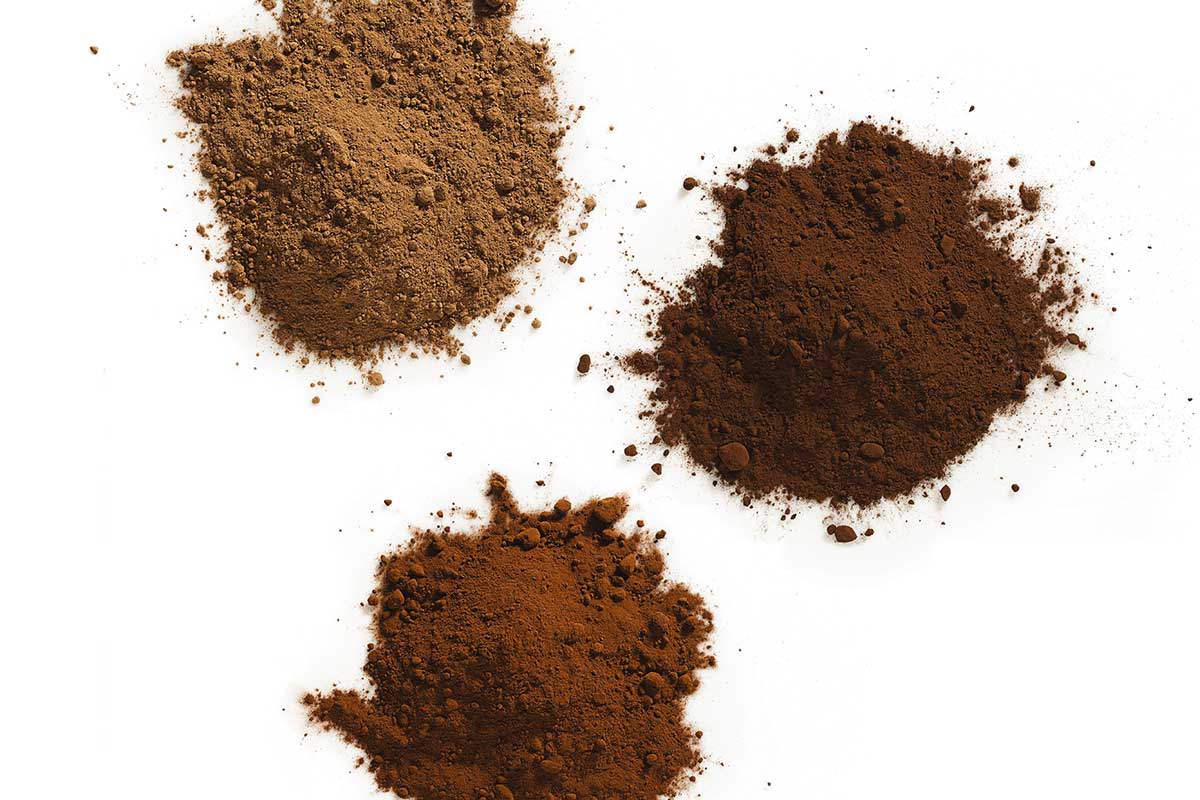
You now know more about cocoa than probably 95% of the American public! And I'd like to leave you with one more bit of wisdom, this from our King Arthur Flour Baker's Companion cookbook, a compendium of LOTS of fascinating little nuggets like this –
If a recipe calls for natural cocoa and baking soda, and you want to use Dutch-process cocoa, substitute an equal amount of Dutch process cocoa but replace the soda with twice the amount of baking powder, leaving the remaining ingredients the same.
If a recipe calls for Dutch-process cocoa and baking powder, and you want to use natural cocoa, substitute an equal amount of natural cocoa but replace the baking powder with half the amount of baking soda, leaving the remaining ingredients the same.
Happy (cocoa) baking!